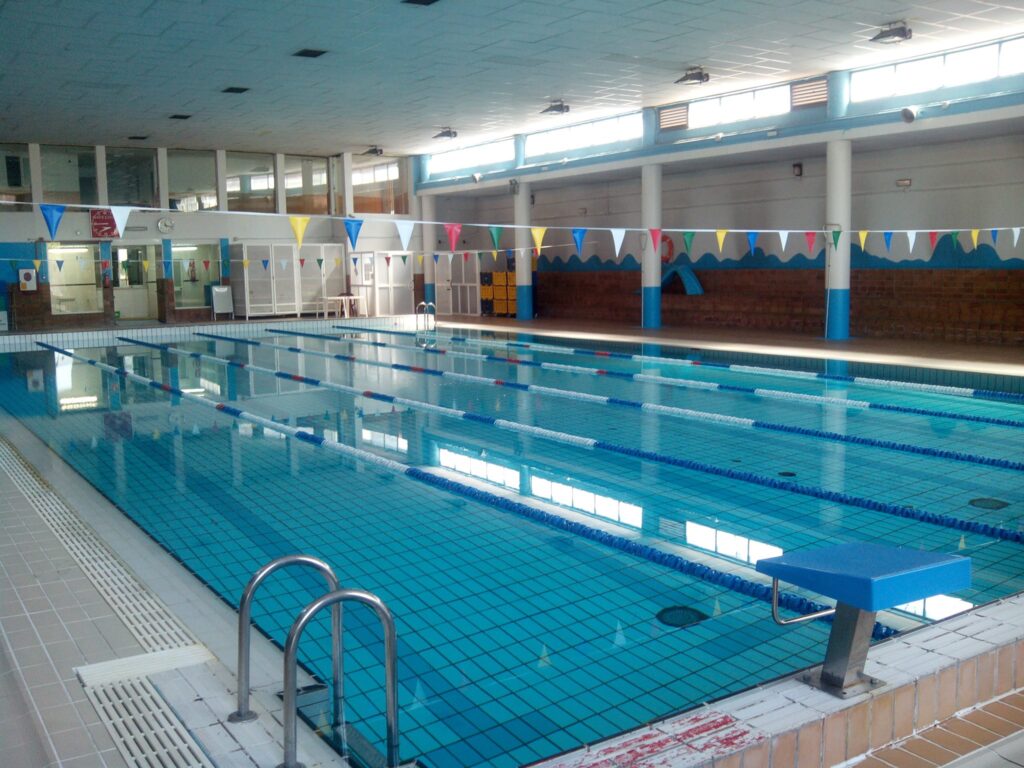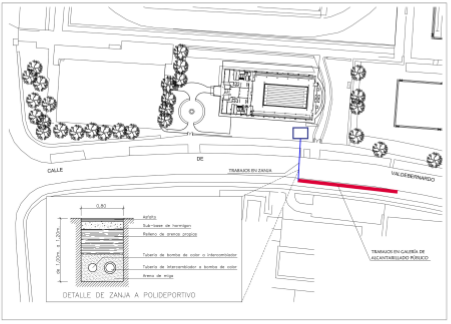The Innovation Gallery featured a thermal energy harnessing project by Eneres.
The Innovation Gallery at GENERA 2017 (International Energy and Environment Fair held from February 28 to March 3) hosted a recent Eneres project: harnessing the thermal energy contained in the wastewater network for the air conditioning of the municipal indoor swimming pool of the Moratalaz Sports Center.
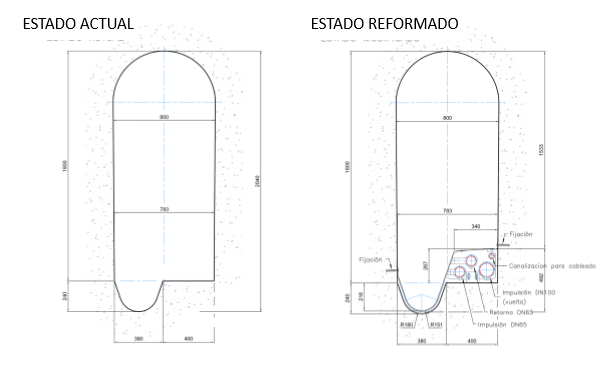
The Eneres project guarantees the use and recovery of the thermal energy contained in the wastewater network collector near the Moratalaz Municipal Sports Center. The objective of the intervention is to provide part of the thermal energy used in the generation of DHW and heating of the heated swimming pool throughout the year. For this purpose, it is proposed to install a chiller that produces cold in its cold focus and heat in its hot focus.
The necessary cooling energy generated by the chiller to produce the required heat is dissipated in a wastewater exchanger installed in the existing wastewater collector in Valdebernardo Street. This exchanger returns the water in optimum conditions so that the chiller can again generate cold and therefore the necessary heat (this is the case at any time of the year). This reduces to the maximum the gas consumption of the existing boilers in the installation to generate heat.
The potential for extraction and exchange of this waste and renewable energy is enormous. Ten percent of all buildings can be heated with the heat available in the various parts of the wastewater collection networks. Compared to conventional heating oil, this technology can reduce CO2 emissions by up to 60%.
Reducing the impact
Energy exchange with wastewater represents an interesting solution for developers and innovative companies, as well as for municipalities that want to take the path of sustainable development. This technology exploits a renewable energy source, promotes environmental cleanliness and has a better energy balance than conventional gas or oil-fired air conditioning and air-conditioning. Emissions of polluting gases are also significantly reduced.
The structural system denotes a purely functional language without aesthetic boasts. The distribution brings to the whole of the nave, in its interior appreciation, the values of sequence and a great lightness in its elements.
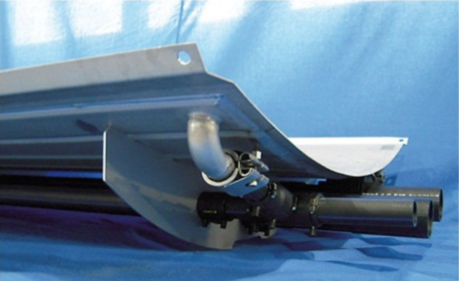
Efficiency
Heat pumps that recover heat from wastewater are very efficient. The gross energy consumption (primary energy) in relation to useful energy production (facilities, hot water) is significantly lower than that of conventional heating and cooling systems. For example, a heat pump running on wastewater consumes 40% less primary energy than a gas burner. The comparison with other heat pump systems (groundwater, geothermal) is also advantageous for the exploitation of wastewater energy.
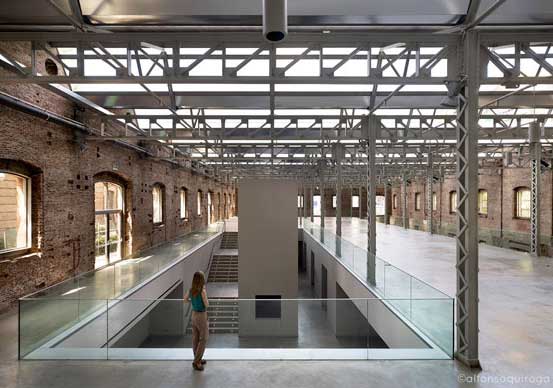
Profitability
Air conditioning by energy exchange with wastewater is becoming increasingly competitive, especially if all cost factors are taken into account. The benefits are not only ecological, but also economic, thanks to the favorable conditions that this technique provides for raising capital or tax and financial incentives. This technology reduces the external costs of energy production and thus benefits the economy as a whole.
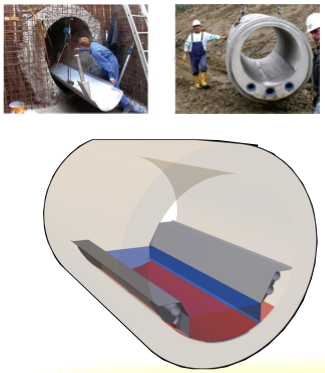
Competitive advantages
Comparisons between the costs of wastewater heat recovery facilities and those of conventional systems demonstrate that higher investment and depreciation are more than offset by lower operating costs. In addition to the capital cost and effective operating expenses, the following factors are also taken into account: depreciation, increased energy costs, regulations, preferential mortgage rates, subsidies, cost savings, energy savings and climate protection.
A project contributing to the development of renewable energies
The initiative was chosen for its contribution to the development of renewable energies and energy efficiency. Thirteen other projects shared space next to the Eneres panel in the Innovation Gallery, which aims to support the scientific and technological research work of both public and private organizations and the activity of companies in the sector.
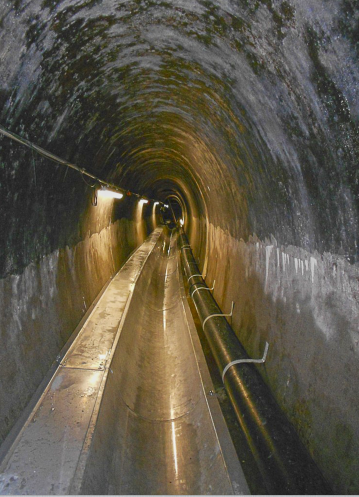
The jury that selected the projects for the Innovation Gallery was made up of experts, professionals and representatives of the sector's main associations. The criteria followed in their decision were: the degree of innovation, their energy efficiency, their applicability and their ability to positively influence the progress of energy efficiency and renewable energies.
